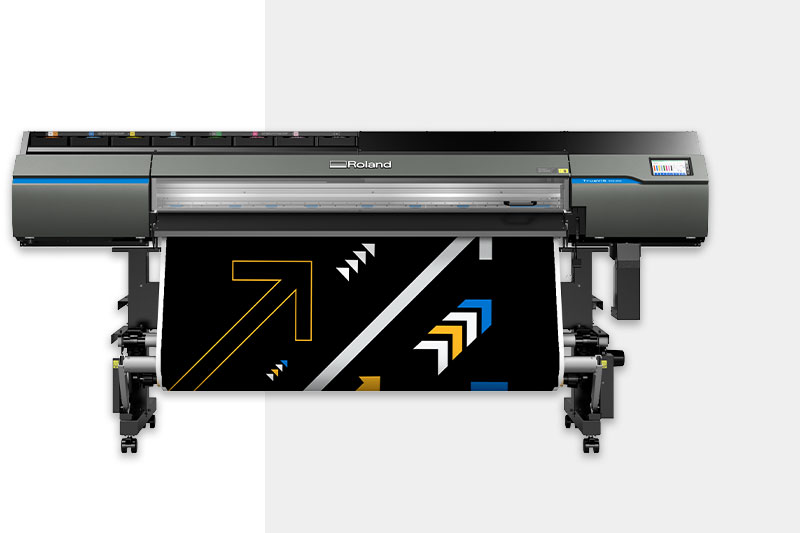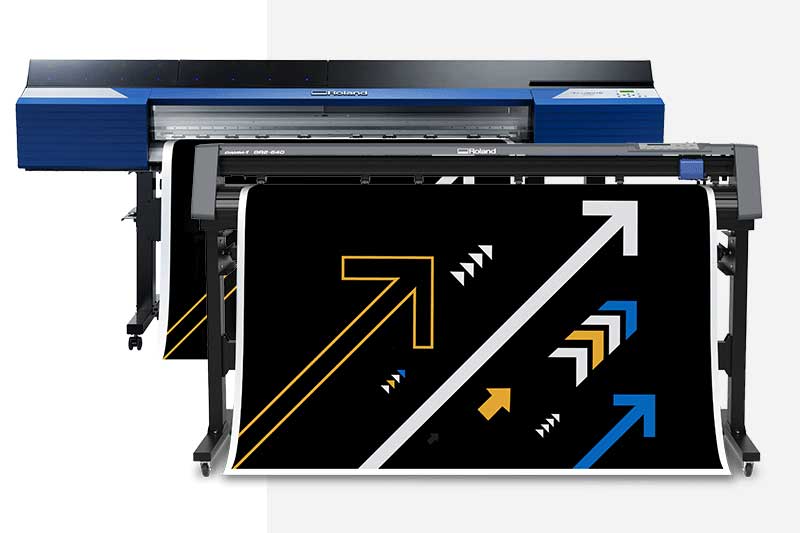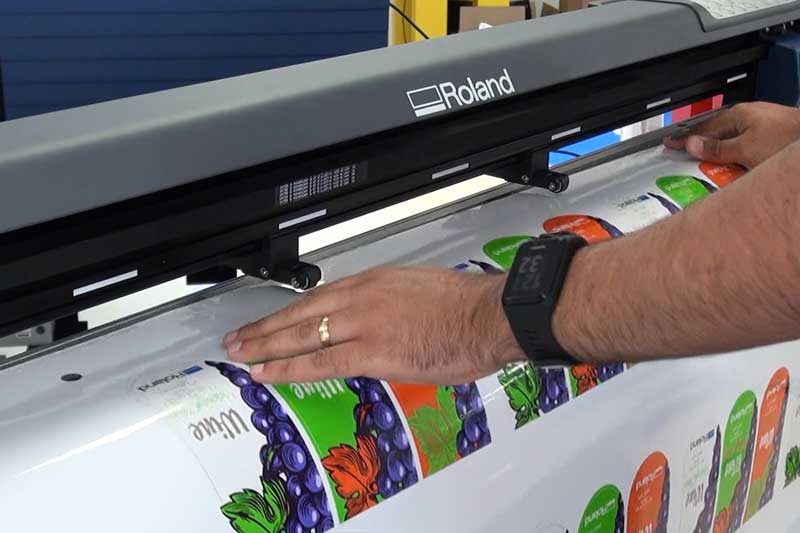We are lucky to live in a time when digital technology can answer almost any business need. Only a few decades ago, printing and plotting technology was very limited and there were not very many options available.
Now, print professionals have a different challenge: with so many kinds of technology on the market, it can be difficult to identify which devices are right for your business. When it comes to printing and cutting, the big question on everybody’s lips is “should I buy a printer/cutter or two separate devices?”.
While there might not be a simple answer, here are a few things you should consider before making that decision.
Top 3 Reasons to Choose a Printer/Cutter
A printer/cutter is a device which can perform both printing and cutting jobs. Since their invention, these integrated devices have helped launch countless businesses from sign and graphics to custom clothing. Here are some of the reasons these businesses choose this technology:
1. More Convenient
Having both functionalities in the same device is easier to manage and allows you to complete jobs with minimal intervention. This means you can load different materials, set everything up, then let your machine get on with what it does best whilst you get on with running the rest of your business. This is a big advantage if you have a diverse product range which might include die-cut stickers, heat-transfers for T-Shirts or larger graphics for walls or windows.
2. Unattended Print Runs
With an integrated printer/cutter, you can install a take-up unit which automatically rolls the media up as it comes off the device. If you have a large order which includes a few thousand stickers, you don’t want to move the media to a separate device to cut them. A media take-up solution lets you leave the printer/cutter to do its job and you can even leave large jobs printing overnight.
3. Smaller Footprint
For many businesses, especially those just starting out, floor-space is often in short supply. When you factor in application tables and other devices like laminators or heat presses, you can quickly run out of room. Having both printing and cutting functionality in a single device means that you can cut the space requirement in half.
The Complete
|
 |
Top 3 Reasons to Choose Separate Devices
When developing a machine like a printer/cutter, manufacturers need to find the right balance to produce the most versatile device. For this reason, separate printers and separate cutters tend to be more specialised in their own functionalities. For larger print businesses with heavier workloads, the versatility of an integrated device is less important than the specialised features of separate devices.
1. Faster Cutting with More Force
Cutters are built for one thing: cutting. By specialising in this function, stand-alone cutting plotters can cut faster and with more force than an integrated device. This makes them ideal for cutting thicker materials like reflective signage films or heavy heat-transfer flock and performing cut-only jobs with greater speed.
2. Wider Colour Gamut
As with cutters, several dedicated print-only devices are optimised to deliver great print output. Standalone print devices tend to include additional inks which widen the colour gamut.
Although, with the advances in Roland’s TrueVIS range of printer/cutters, which have options to include additional colours besides CMYK, it’s possible to buy a printer/cutter which can reproduce a gamut comparable to older print-only devices, so you can have the best of both worlds.
3. Increased Productivity
For businesses of a certain size, productivity is one of the most important factors. If you are creating signs or labels in large quantities, you may not have time to wait for an integrated device to cut the printed output. With separate devices, your printer can start printing the next job as you set up the cutter for the previous one. You can also perform print-only jobs (like wide-format signage) or cut-only jobs (like window lettering) at the same time, which isn’t possible with an integrated device.
The Complete
|
 |
Considerations
• The main thing you need to consider is the size of your business and the volume of work you need to produce each day. Separate devices cut down the need to wait for print-and-cut jobs to finish, but they don’t allow for unattended, overnight production. Also, if you don't have many employees, a printer/cutter reduces the need to load and unload devices.
• It’s also worth considering how often you need to laminate your print jobs. In these cases, the print will need to be laminated before it is cut, so the convenience of a printer/cutter isn’t such a prominent factor. If you produce a lot of vehicle graphics or durable signage like floor graphics, and you have ample floor space, separate devices might be a more appropriate solution.
• On the other hand, if you need to be flexible with the type of products you offer and you don’t require intensive production, an integrated device gives you a little more freedom to experiment with new products without so much manual intervention.
In conclusion
So, do you need a printer/cutter or separate devices? The answer to the question is “it depends”. It depends on the business you have now and the one you wish to have in the future. The most important thing is to ensure you invest in reliable equipment that can support your business wherever you decide to take it.
If you want to discuss your options further, get in touch with us and we’ll help you find your ideal solution.

